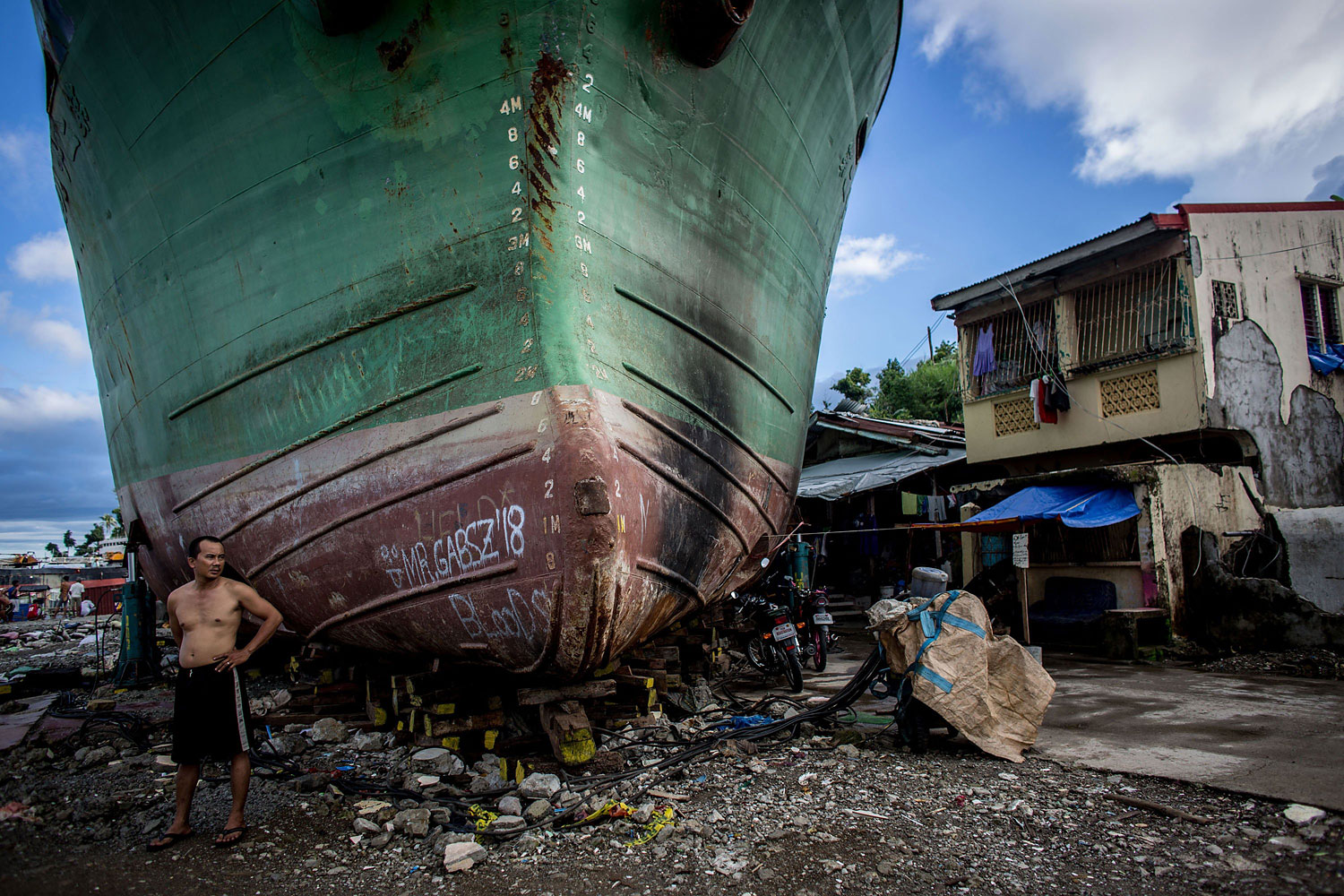
Nearly six months after supertyphoon Haiyan laid waste to central-eastern Philippines, survivors continue to live in the shadow of the record-breaking storm’s impact.
As always, the Catholic-majority population has been turning to religion for comfort, and many celebrated the resurrection narrative of Easter holiday as a symbol of their own new lease on life. For many, however, it’s a restart from scratch that hasn’t yet progressed very far.
Despite a massive effort by the government and both national and international NGOs, safe housing remains a grave concern. Haiyan left more than 4.37 million Filipinos homeless, and more than 100,000 of them still live in tent shelters. Authorities aim to ready transitional housing by June for those still displaced. Even then, evacuees will have to weather future storms in these temporary structures until 2015, when the government hopes to finish more permanent abodes.
Around the city of Tacloban, the epicenter of Haiyan’s devastation, many locals eke out a meager existence while processing their grief, with bodies still found in the surrounding area. An April 17, discovery of seven more corpses pushed the total death toll to 6,300.
For farmers, the struggle to regain their livelihoods has been especially taxing. Over a third of Haiyan’s $2 billion destruction was wreaked on the agriculture sector, including crops, fisheries, livestock and infrastructure. The government has released $117 million for agricultural recovery, including coconut seedlings. However, this effort has barely dented the 33 million lost coconut trees from Leyte Island, which used to support 40% of its farmers.
Judging by the Filipino resilience, though, the emotional healing may thankfully be quicker than the six to eight years it takes for coconut seedlings to mature.
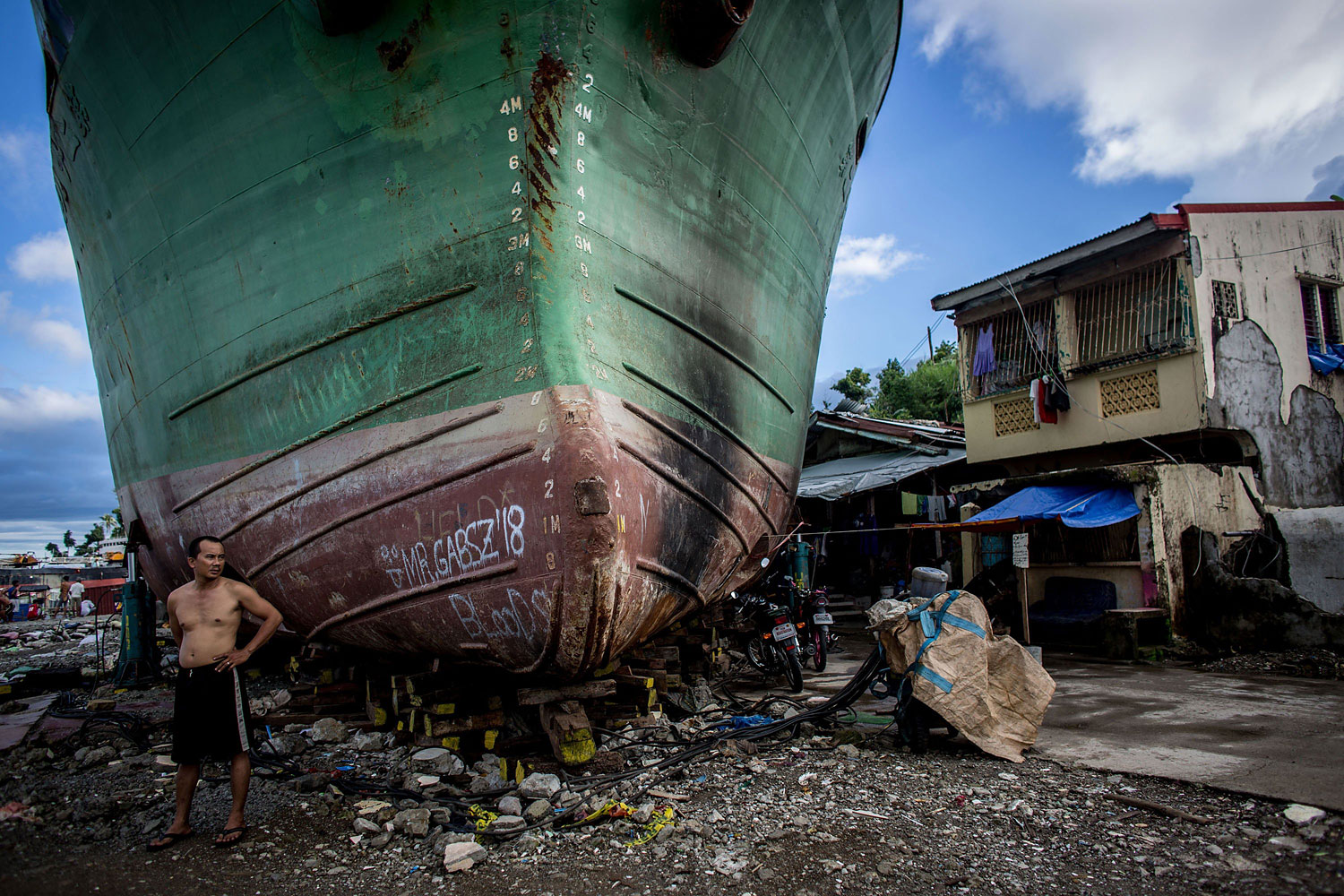
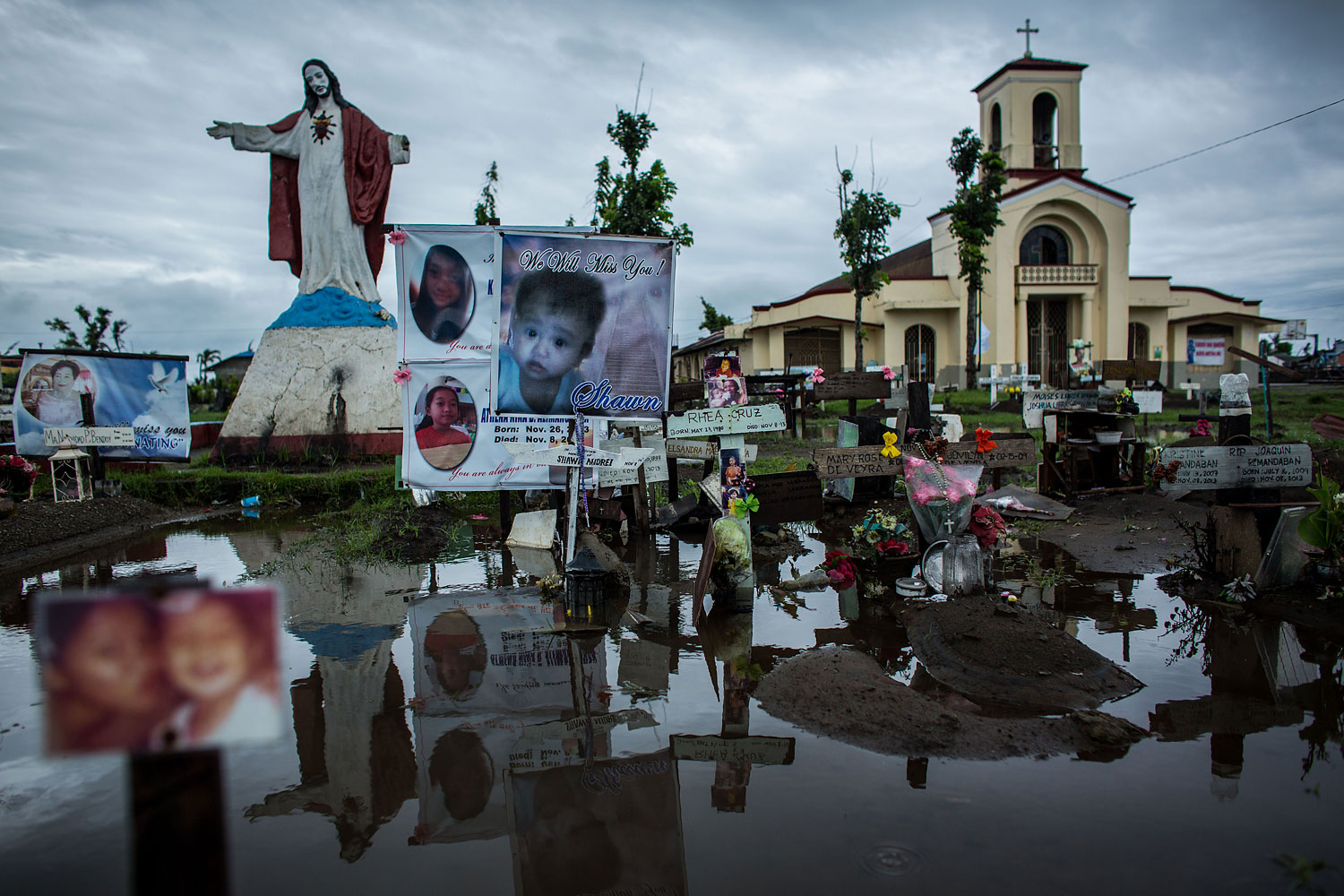
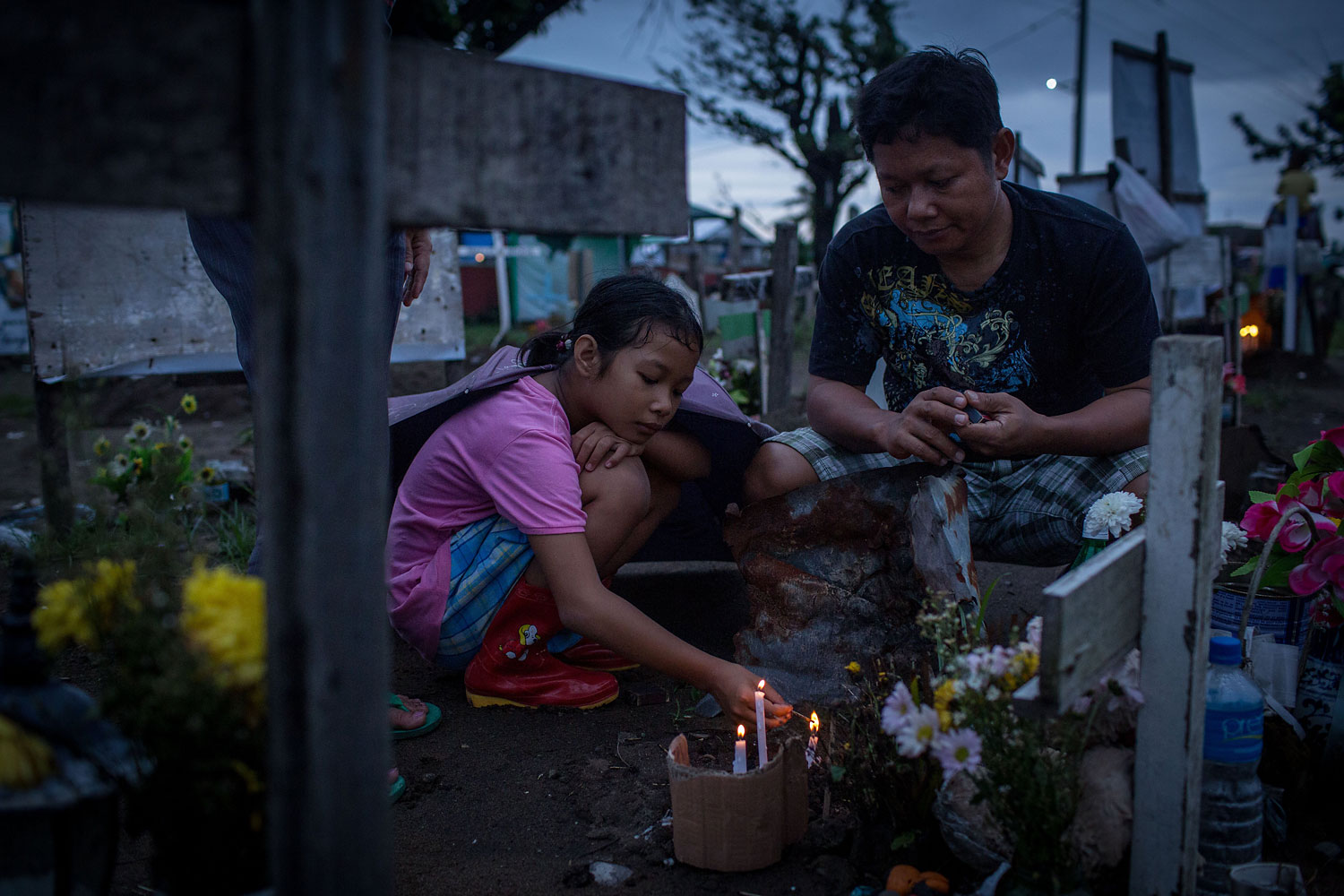
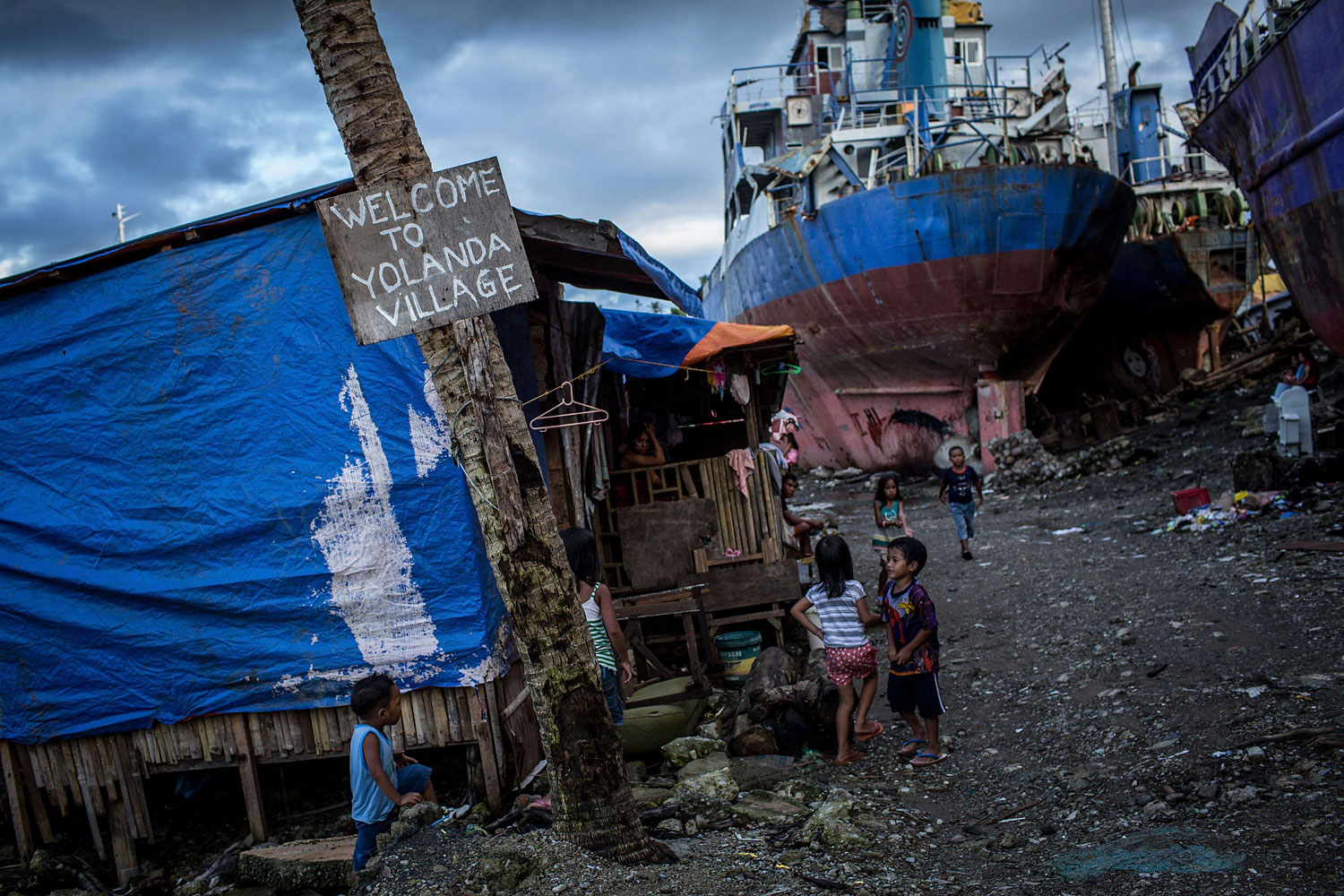
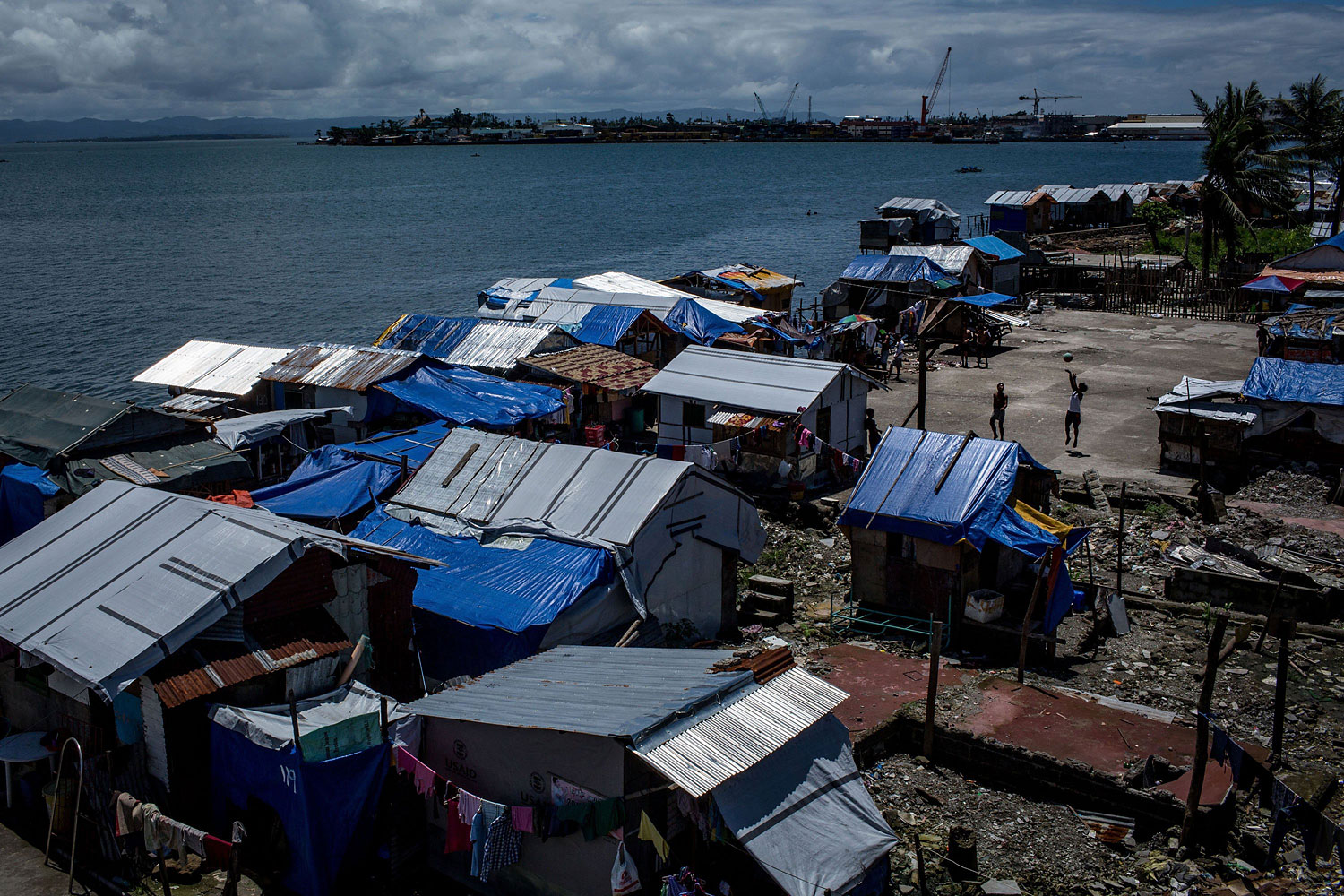
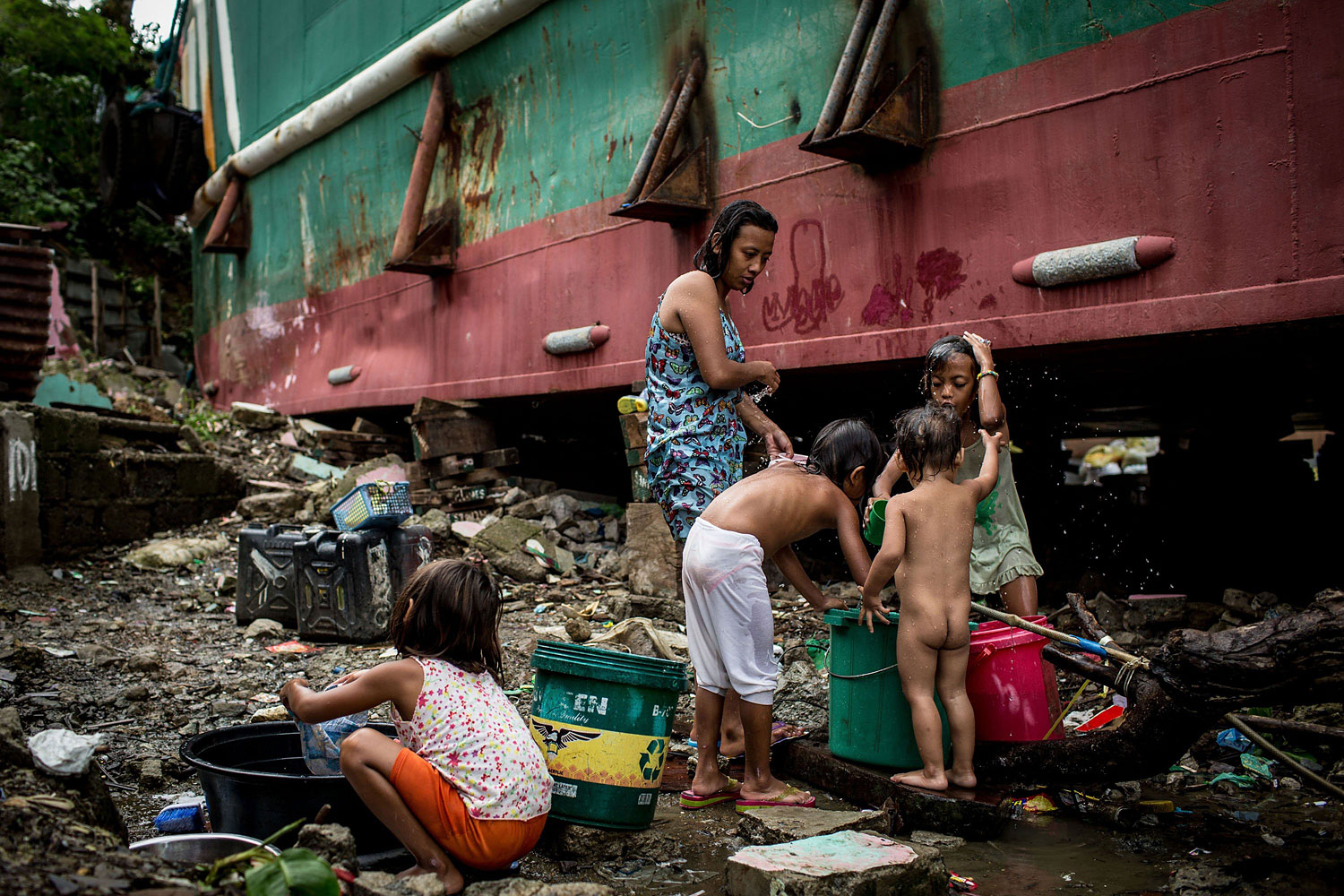
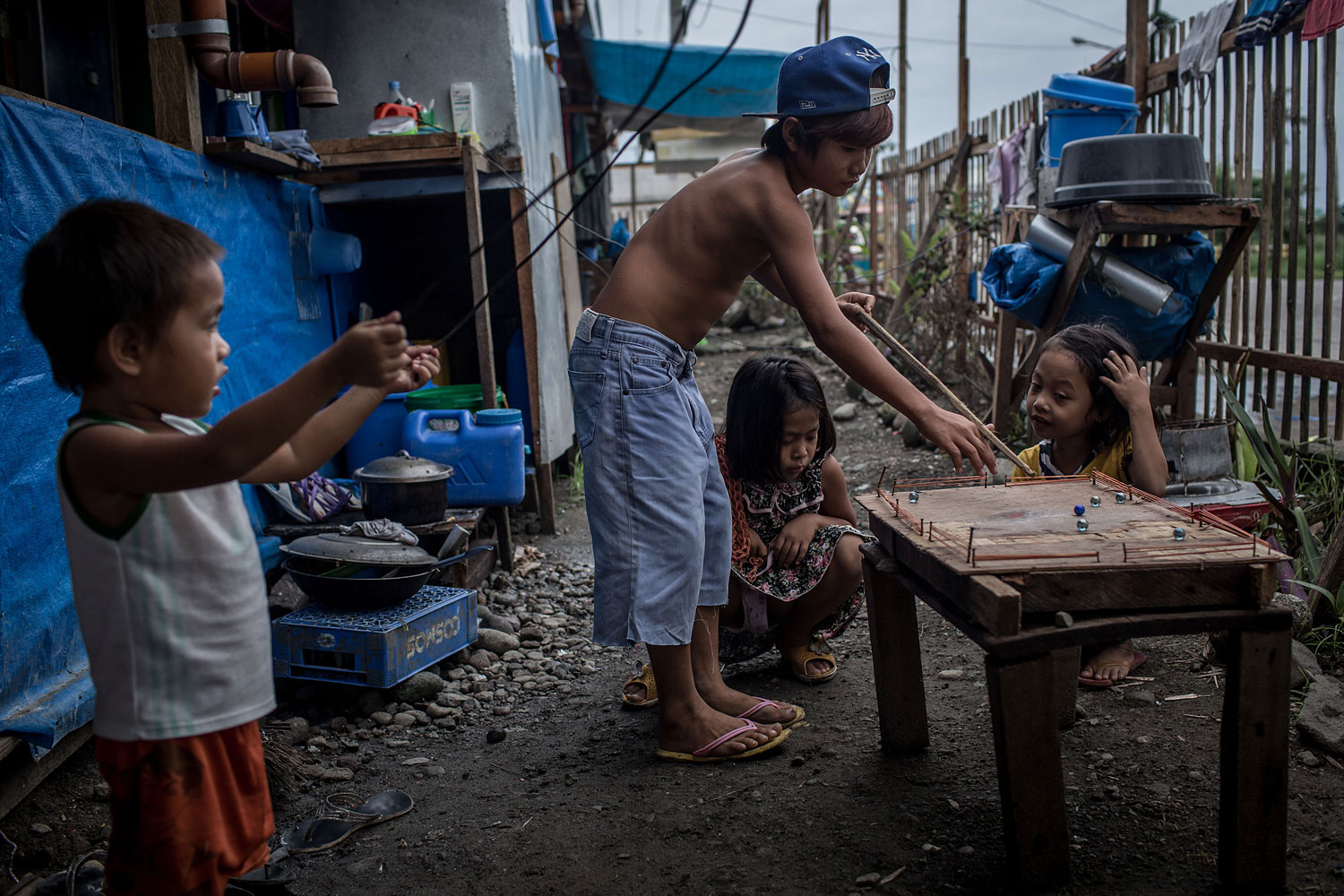
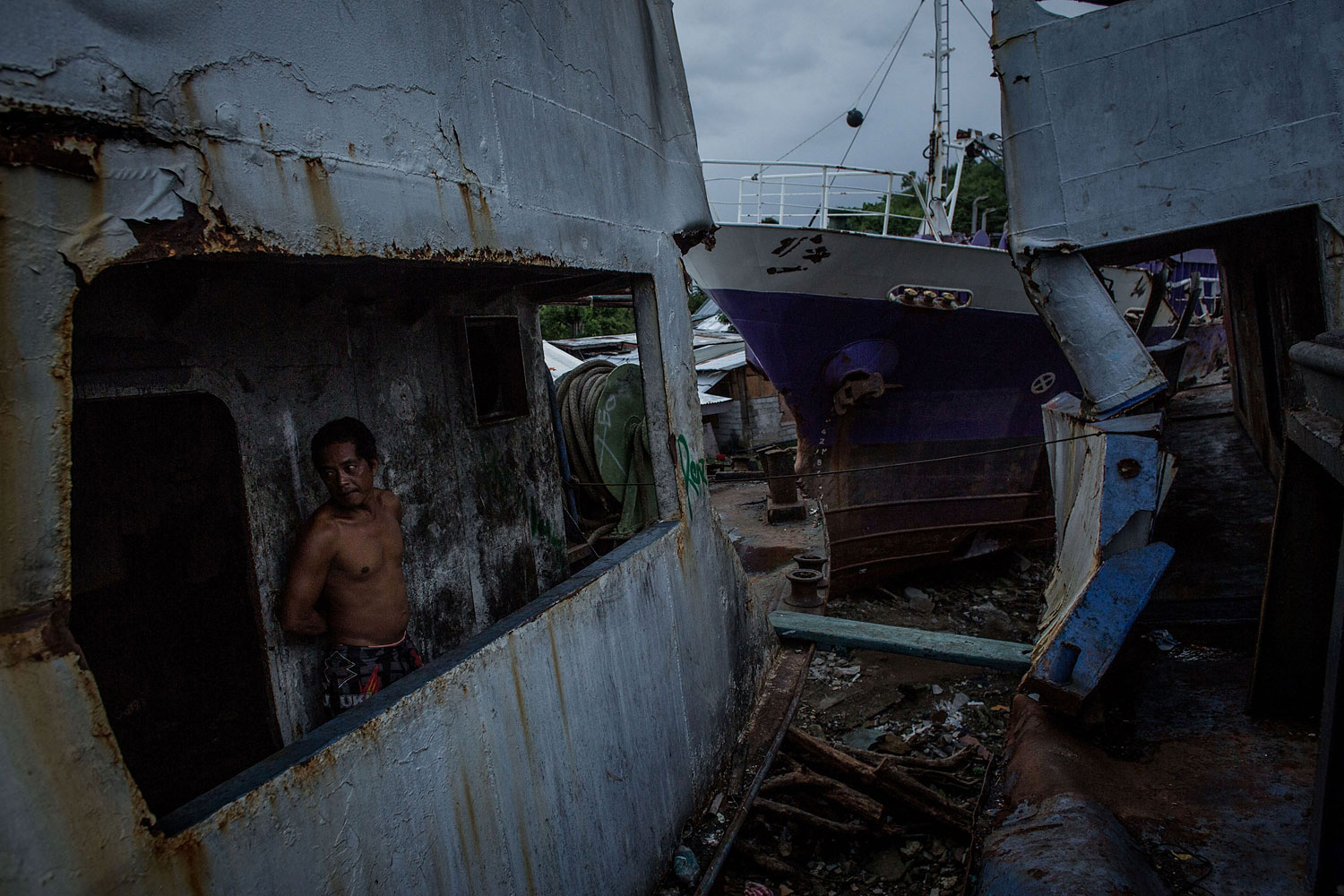
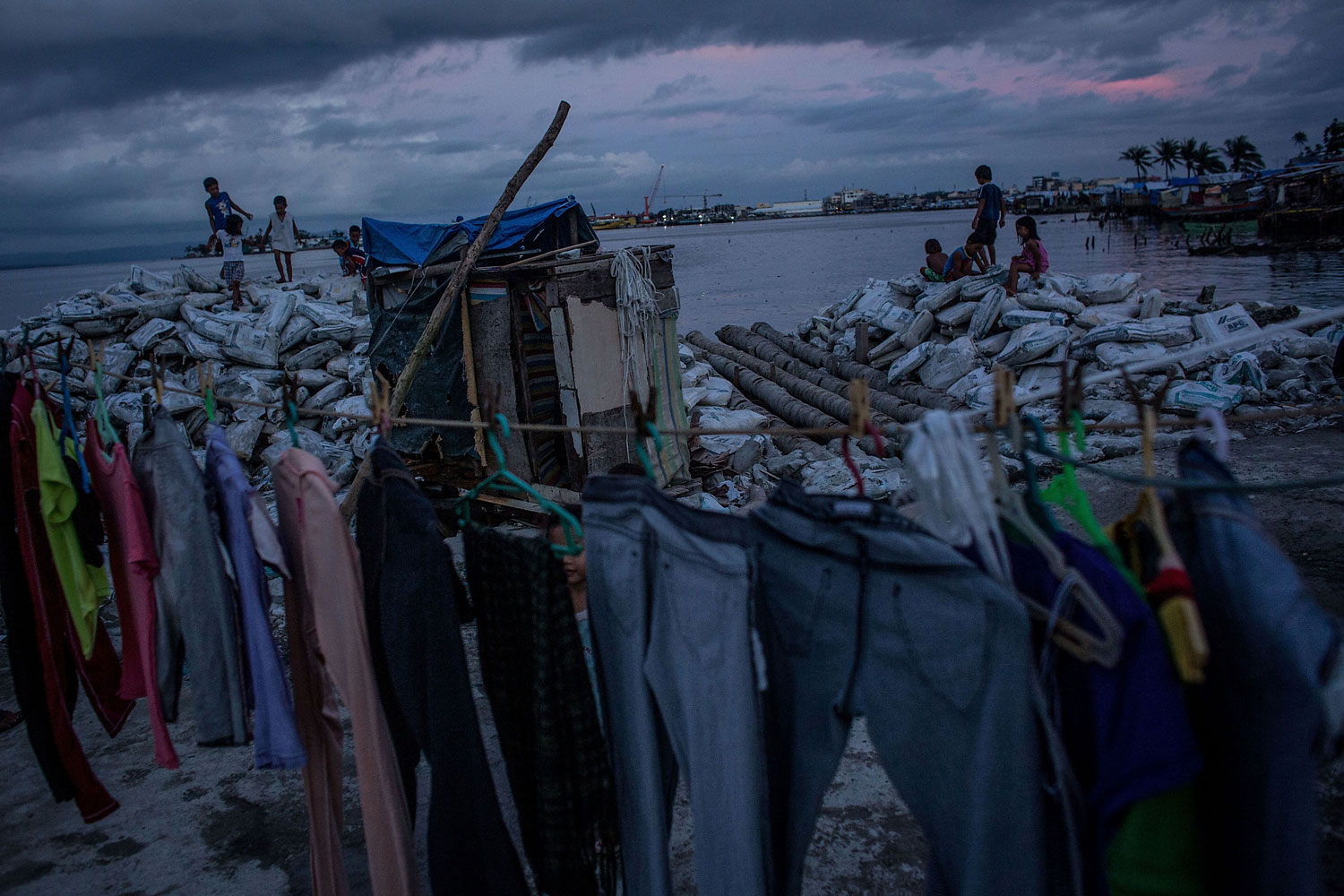

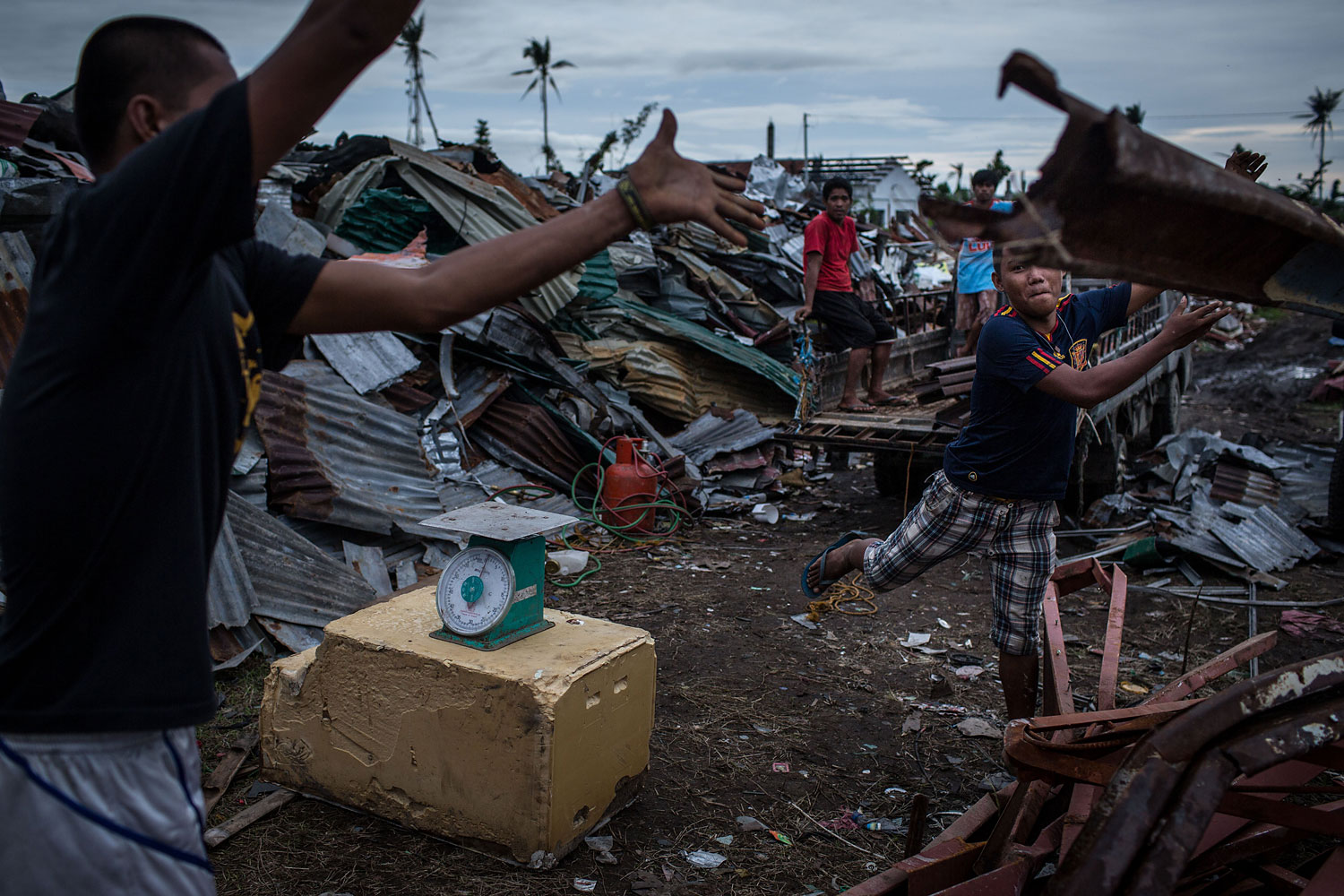
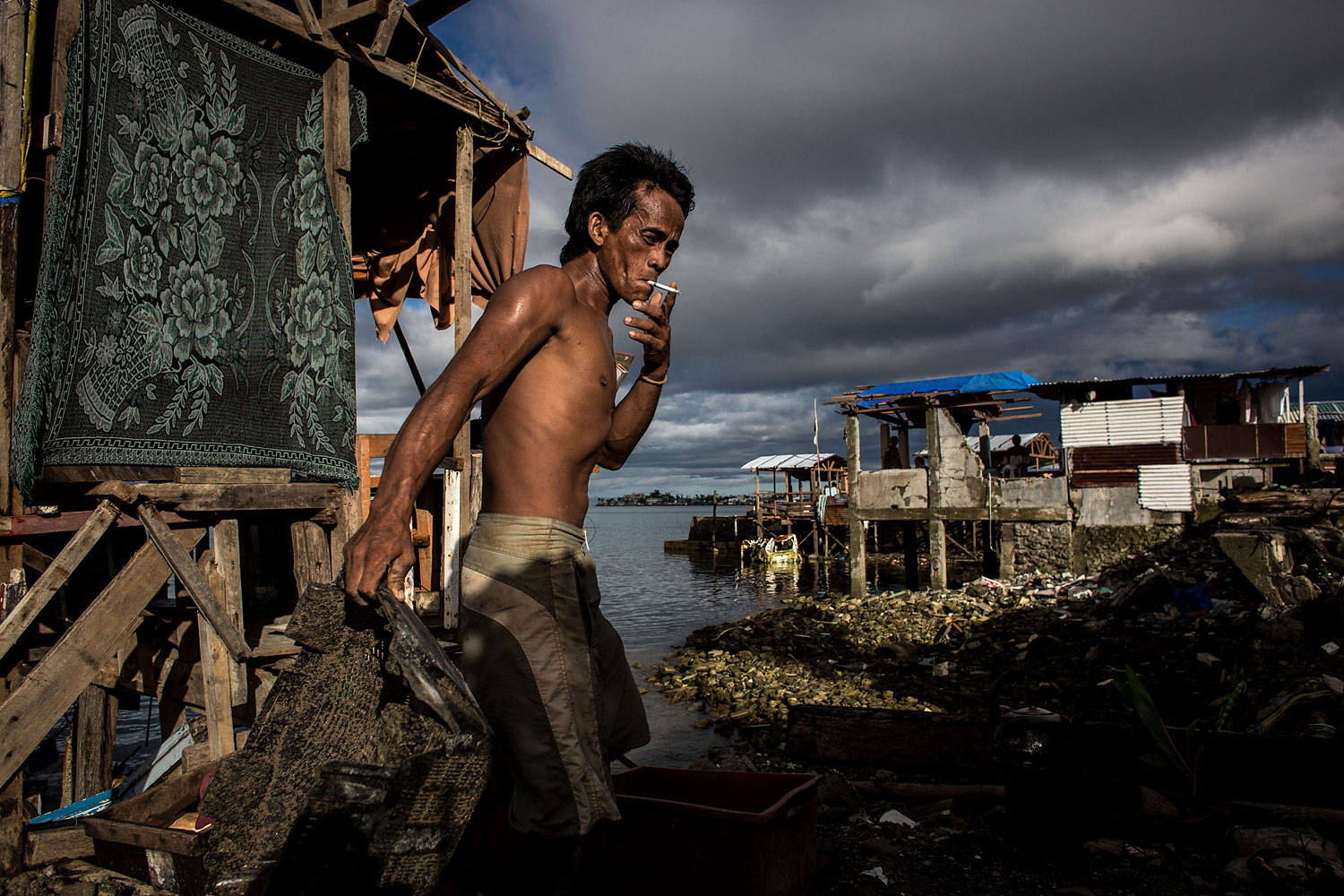
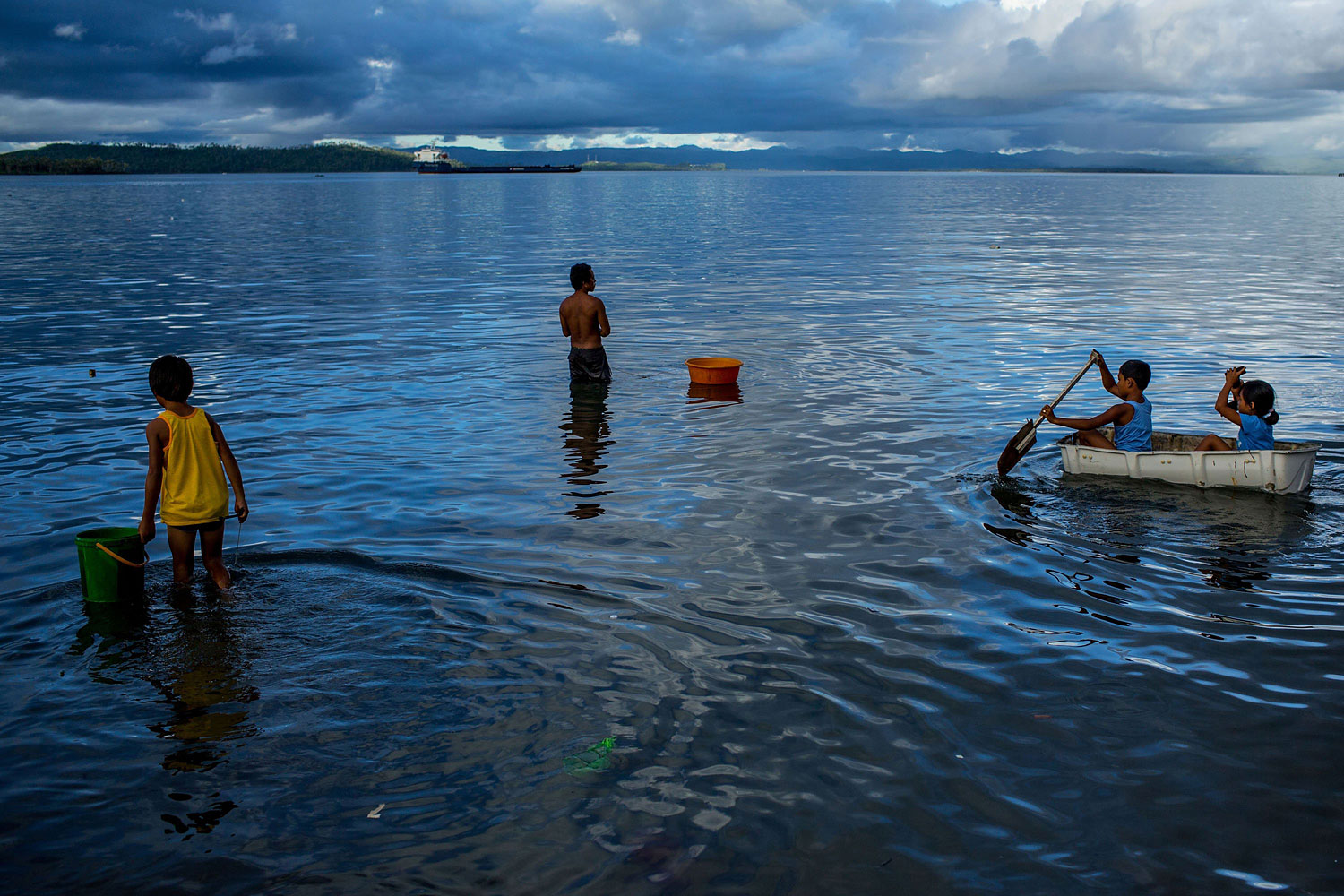
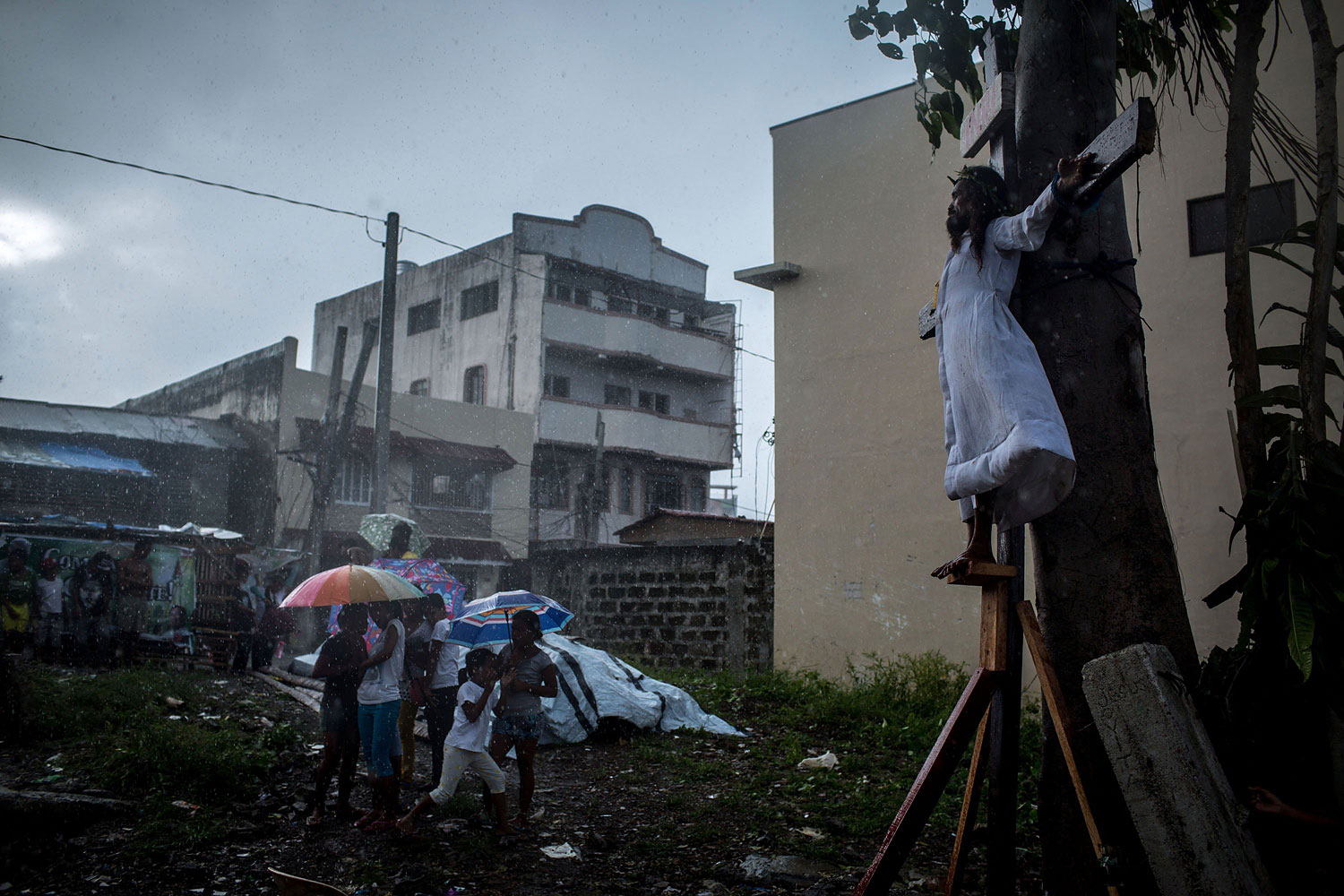
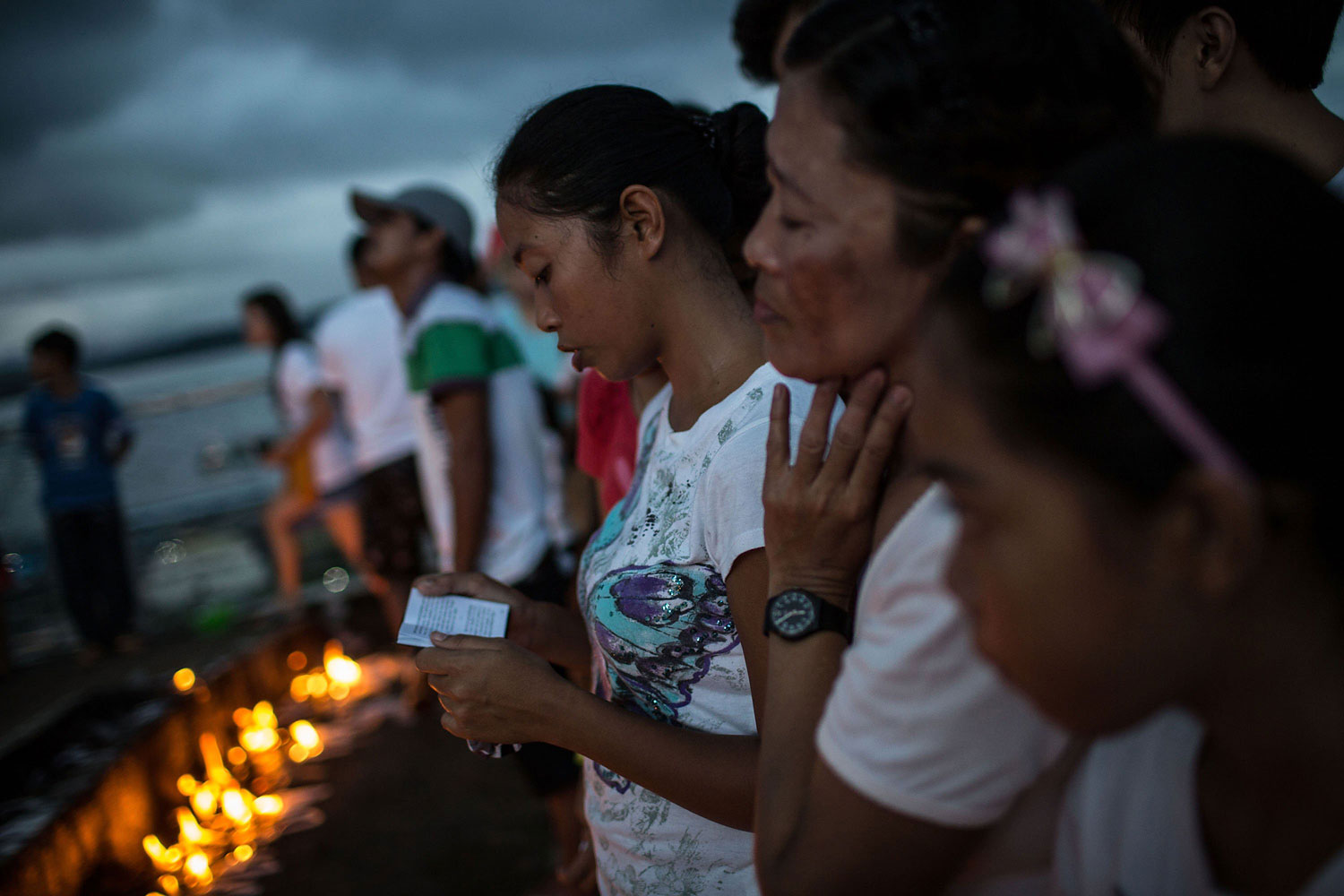
More Must-Reads From TIME
- The 100 Most Influential People of 2024
- Coco Gauff Is Playing for Herself Now
- Scenes From Pro-Palestinian Encampments Across U.S. Universities
- 6 Compliments That Land Every Time
- If You're Dating Right Now , You're Brave: Column
- The AI That Could Heal a Divided Internet
- Fallout Is a Brilliant Model for the Future of Video Game Adaptations
- Want Weekly Recs on What to Watch, Read, and More? Sign Up for Worth Your Time
Contact us at letters@time.com